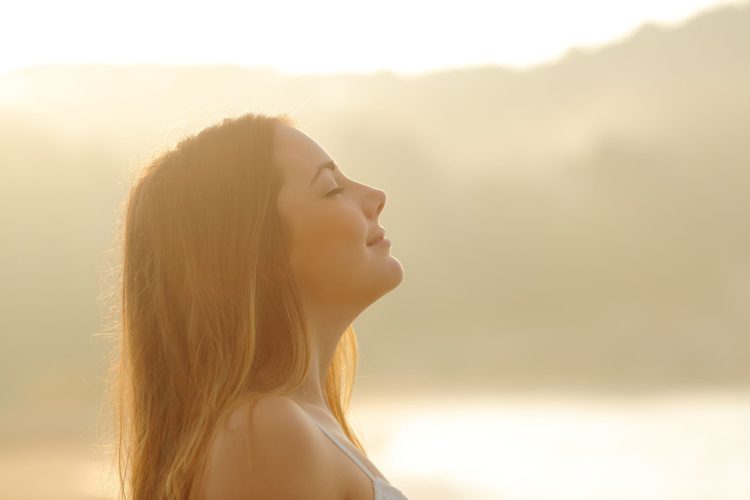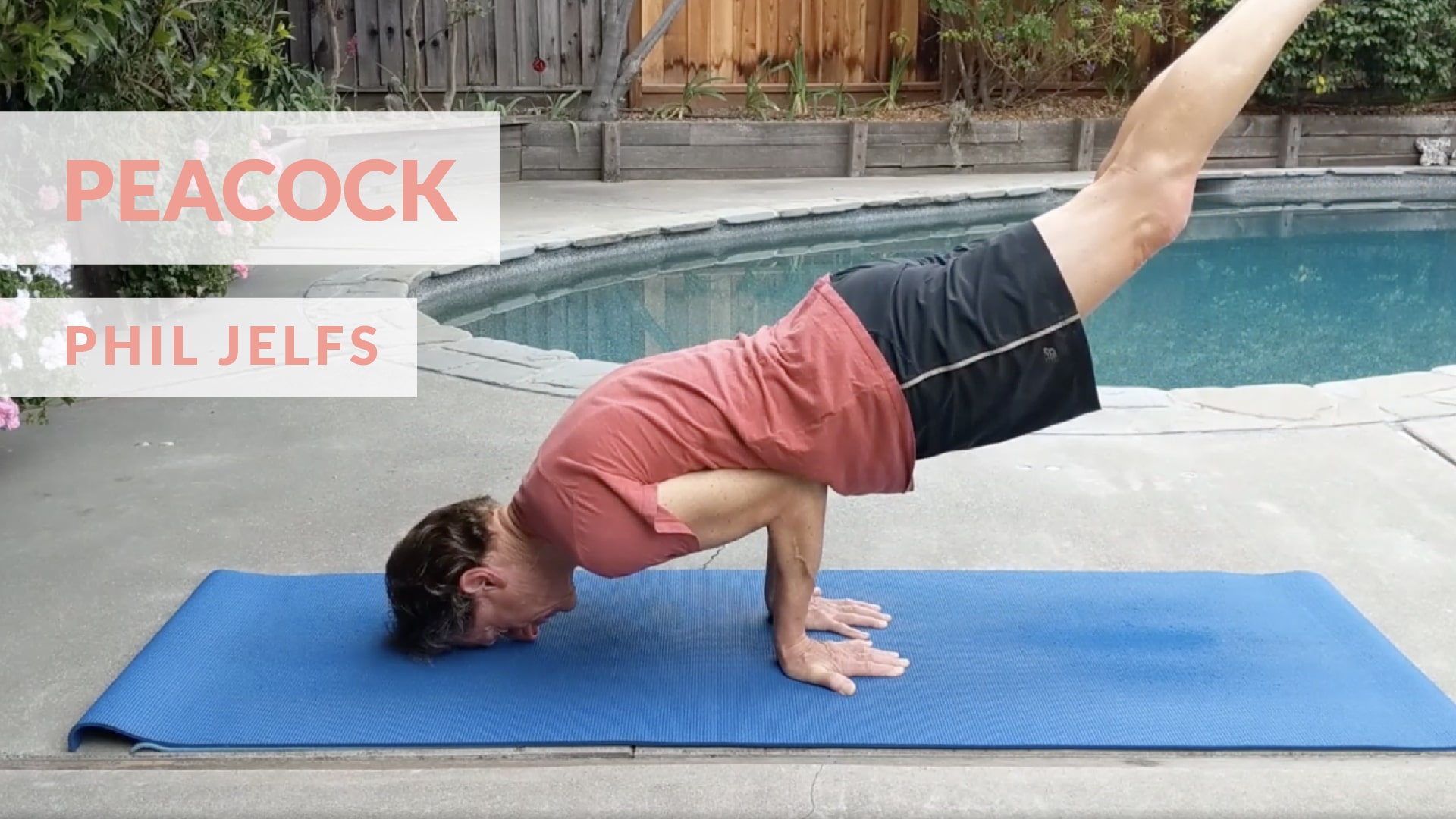You might not think a yoga teacher would suffer from anxiety, but I am anxious by nature. I can recall various instances in my life when the level of stress would take over and put a strain on my personal and work life. I can trace it back to when I was 10 years old. I used to play tennis, and I was really, really good at it. However, as soon as I had to compete, my anxiety level would be so intense that I’d rarely play well enough to win.
At the time, I didn’t know what stress and anxiety were, and it has taken a great part of my adult life to understand the symptoms, and eventually heal. Breathwork is one of the most healing, generous, and powerful tools that I have learned on my journey. Breathwork has an impact on the parasympathetic system, the part of our nervous system that has to do with relaxation, sleep, and digestion. It allows us to connect better with our body sensations – to be present and conscious.
As a yoga teacher, I love integrating breathwork, or pranayama, into my teaching. Here is a basic breathwork process I often use in situations when I need to stay calm, be alert, and feel safe. For instance, a few weeks ago, I had a small procedure on my lower eyelid. Sitting there about to begin, I nervously decided not to be sedated. I could feel myself getting more and more anxious. In that moment, I took the following three steps to remain calm, alert, and safe:
Step 1: Notice
I became aware of this very uncomfortable feeling. In this moment, I felt it right at the top of my belly. I stayed with the feeling and allowed it to be present for a few moments. Quietly, I observed, giving myself time to get clear – in both my body and mind – on what the feeling was really about. In this case, it was fear: fear of the unknown.
Step 2: Decide
Once I understood what the feeling was about, I decided which of my breathwork techniques would best support me in this situation. I chose a calming breath exercise that allowed me to stay alert and still while feeling safe. I decided to use “resonance breath,” a simple breathing technique that I love and actually use almost every day.
Step 3: Use mantra or “words for support”
Because I practice and teach yoga, I am familiar with mantras, words or phrases we repeat out loud or in our heads that support an intention, and meditation, or desired state of mind. In this case, my mantra became, “I am safe.” As I inhaled, I said, “I am” in my mind, and as I exhaled, I silently said, “safe.” I repeated this mantra together with the breath, and after a few minutes I noticed my belly starting to feel better – a feeling of trust, calm, and relief.
The doctor was great at consistently asking if I was okay – and, thanks to these implemented steps, I think he was surprised to see how calm I really was!
Breathwork came into my life about 15 years ago when I joined a weekend workshop at The Art of Living.
I loved the simplicity and accessibility of it, but, most importantly, I felt its healing effects from the very first practice. Breathwork makes us better people, and makes our lives better.

















